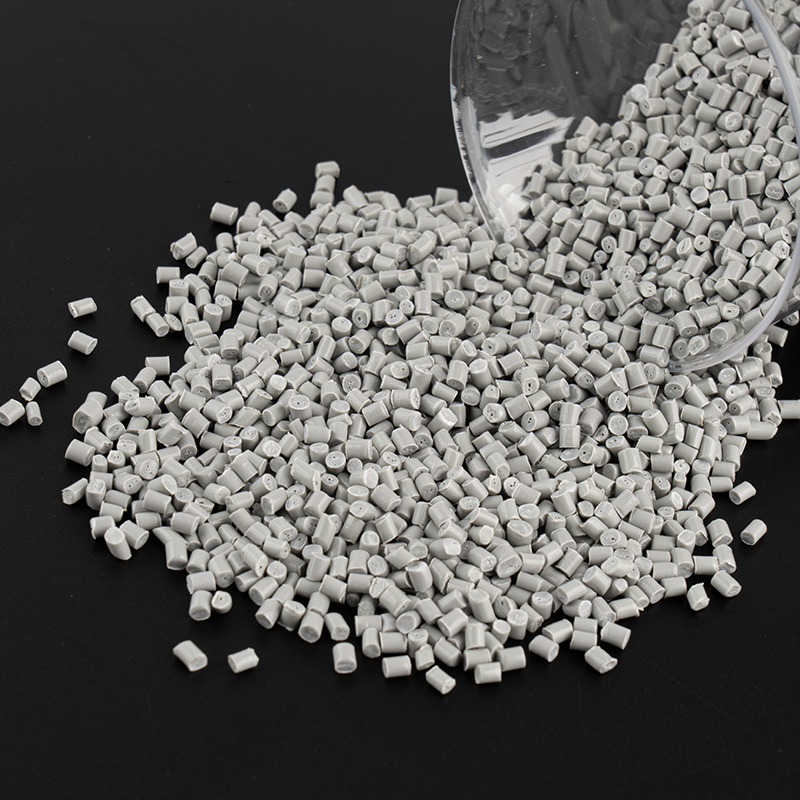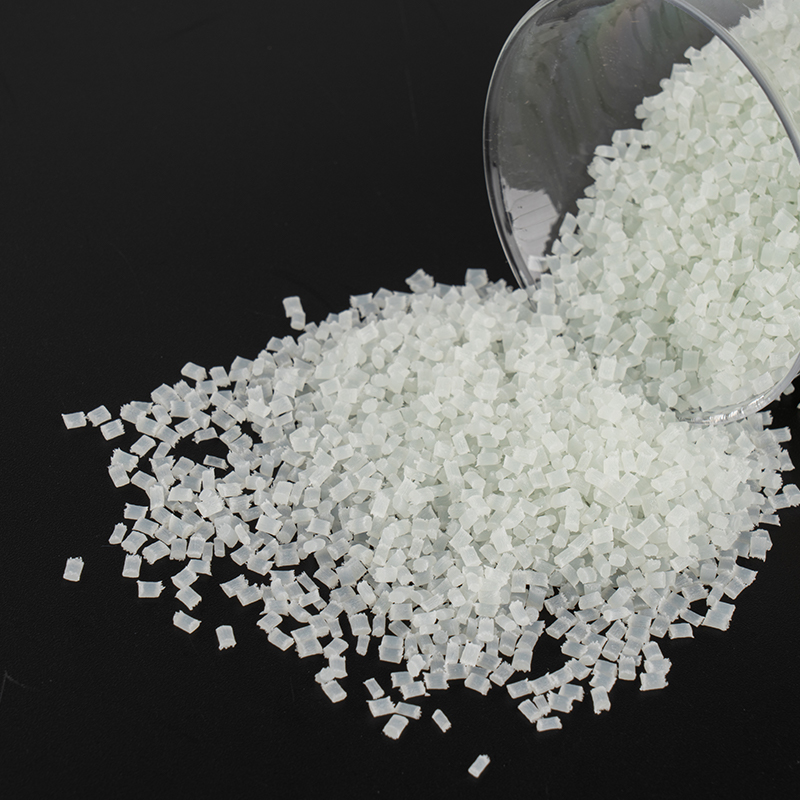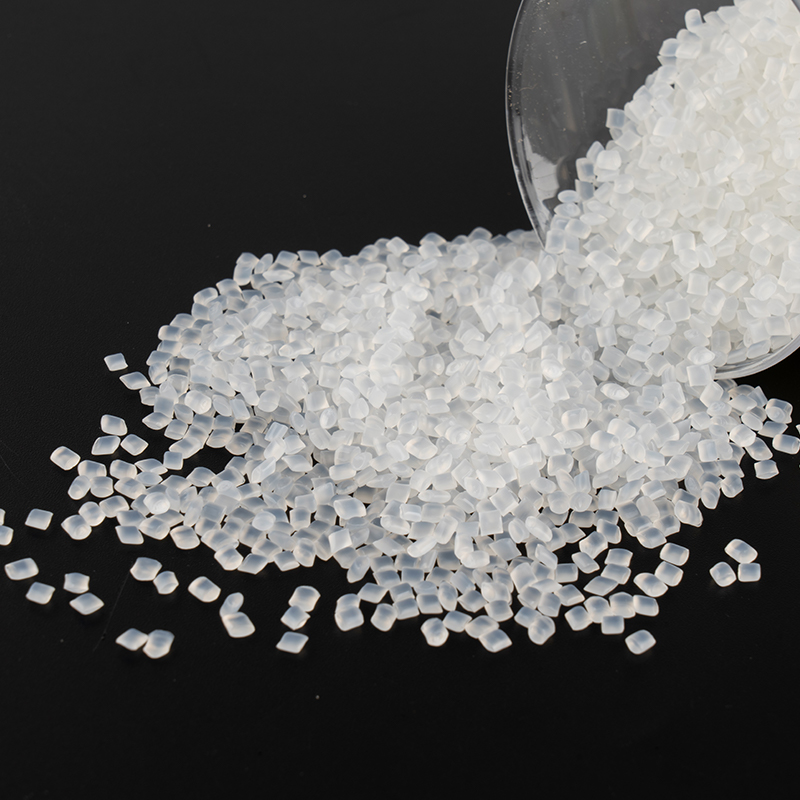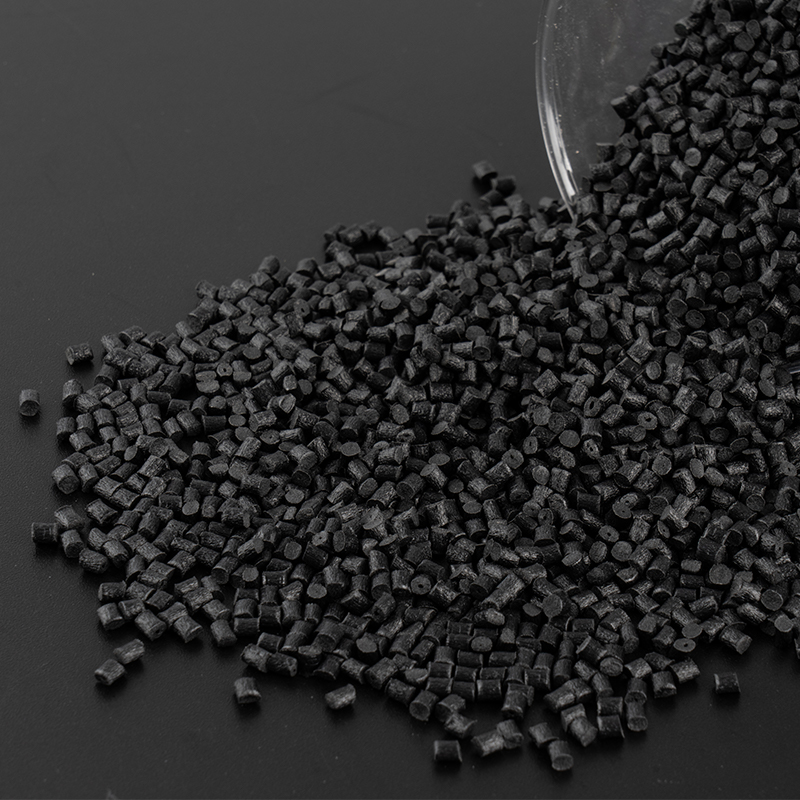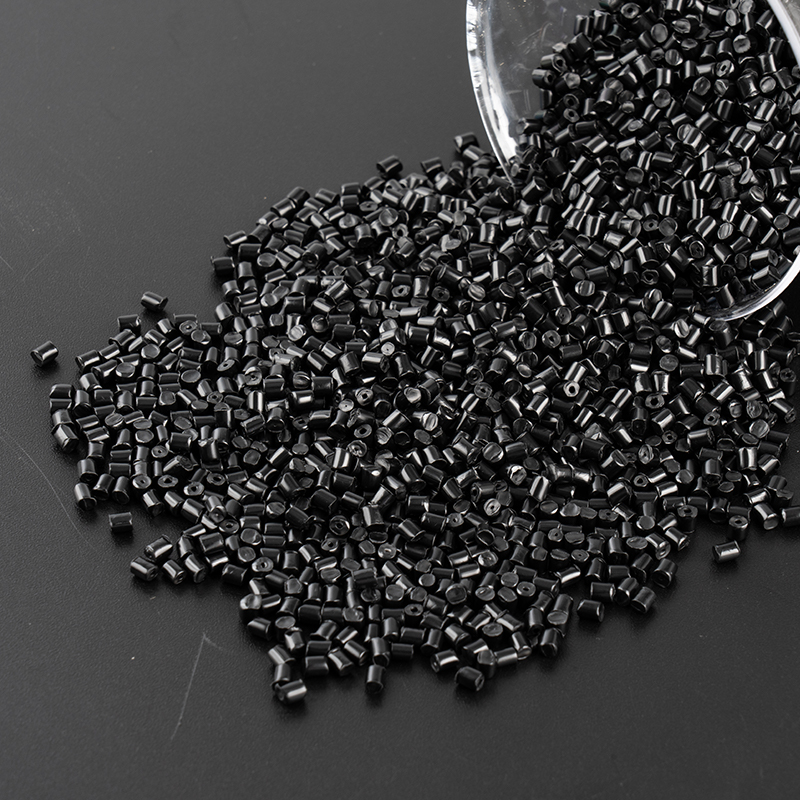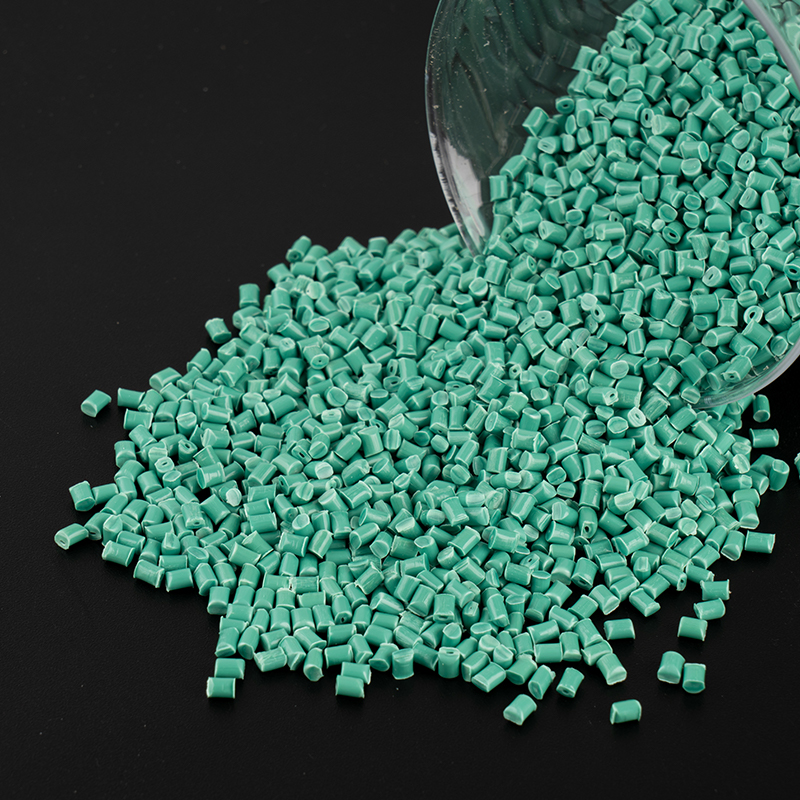1. Introduction
Engineering plastics, due to their excellent mechanical properties, heat resistance, and dimensional stability, are widely used in automotive, electronics, home appliances, aerospace, and medical applications. With industrial upgrades and increasingly complex application environments, traditional engineering plastics are struggling to meet certain performance requirements, such as insufficient strength, limited high-temperature resistance, and poor flame retardancy. To address these challenges, modified engineering plastics have emerged. Modifications of engineering plastics through physical or chemical means, such as reinforcement, toughening, flame retardancy, electrical conductivity, and thermal conductivity, not only significantly enhance their performance but also expand their applications, becoming a key development direction in the materials industry.
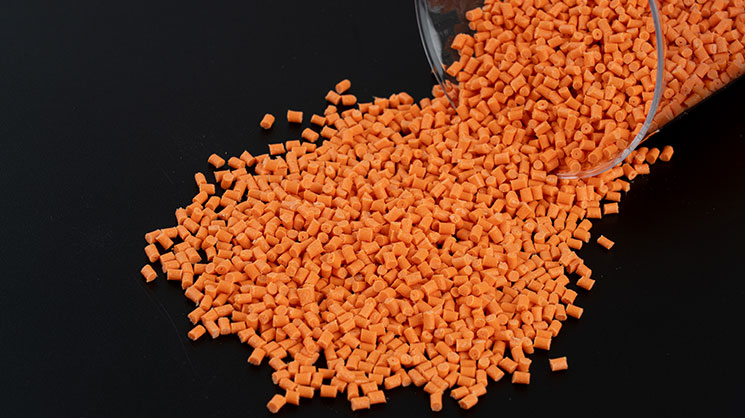
2. Key Performance Improvements in Modified Engineering Plastics
Improving Mechanical Properties
Strengthening strength and rigidity: A common method is to add glass fiber (GF), carbon fiber (CF), or mineral fillers. These reinforcements effectively improve the tensile strength, flexural modulus, and dimensional stability of plastics. For example, glass fiber-reinforced nylon (PA-GF) is widely used in automotive hoods and gears. Improving Toughness and Impact Resistance: Rubber toughening (such as EPDM and EPR), copolymerization modification, or blending with elastomers can improve plastic brittleness, enhance impact strength, and enhance performance at low temperatures and in challenging environments.
Optimizing Thermal Performance
Improving High-Temperature Resistance: Molecular structure design, the introduction of aromatic ring structures, and the addition of highly thermally stable fillers can significantly increase the heat distortion temperature (HDT) of plastics. For example, PPS and PEEK are widely used in high-end electronics and aerospace.
Enhancing Thermal Conductivity: The addition of thermally conductive fillers such as metal powder, silicon nitride, and graphene can improve the thermal conductivity of plastics, enabling their use in applications such as LED lighting and battery cooling systems.
Flame Retardancy
Halogen-based flame retardants: While effective, they present environmental concerns and are currently declining in use.
Halogen-free flame retardants: Phosphorus-based, nitrogen-based, and inorganic hydroxide-based flame retardants are more environmentally friendly and meet EU regulations such as RoHS and REACH. Flame-retardant modified materials are particularly important in the electronics and automotive interiors sectors. Electrical Properties
Insulation: Through purification and the use of specialized fillers, plastics can maintain excellent insulation properties and are used in electrical enclosures and motor insulation components.
Conductive Properties: By adding carbon nanotubes (CNTs), graphene, or metal fibers, conductive or antistatic modified plastics can be produced for electronic and electrical protection.
Environmental Protection and Sustainability
Bio-based modified plastics: For example, PLA-based engineering plastics, after reinforcement and flame retardant modification, can partially replace petrochemical-based engineering plastics.
Recyclability and Low-VOC Modification: Through halogen-free flame retardancy, heavy metal-free additives, and physical blending technology, modified engineering plastics are more in line with green environmental trends.
3. Typical Applications of Modified Engineering Plastics
Automotive Industry
Lightweighting: Automotive parts are gradually replacing metal with plastics to reduce vehicle weight and improve fuel economy. For example, glass fiber-reinforced PA and PBT are widely used in engine hoods, intake manifolds, door handles, etc.
New Energy Vehicles: Battery modules, charging ports, and lightweight vehicle bodies all place higher demands on flame-retardant, heat-resistant, and thermally conductive plastics. Electronics and Electrical
Highly heat-resistant, flame-retardant, and insulating modified plastics are the primary materials for electrical switches, sockets, cable sheaths, and electronic device casings.
With the development of 5G and new energy industries, demand for high-frequency, low-dielectric constant (Dk) and low-dielectric loss (Df) modified plastics is rapidly growing.
Home Appliances and Consumer Goods
Modified engineering plastics balance aesthetics, mechanical strength, and durability. For example, ABS/PC alloys are widely used in TV casings, refrigerator doors, and vacuum cleaner housings.
Aerospace
High-performance modified engineering plastics such as PEEK and PPS maintain stable performance in high-temperature, high-pressure, and highly corrosive environments, significantly reducing aircraft structural weight.
Medical Devices
Modified materials such as PC and POM are used in surgical instruments and drug delivery systems, favored for their high cleanliness, sterilization resistance, and biocompatibility.
4. Future Development Trends
Multifunctional Integration: Future modifications will not only focus on improving a single performance, but will also pursue a comprehensive balance of mechanical, flame-retardant, heat-resistant, thermally conductive, and electrical properties. Nanotechnology and Smart Fillers: The addition of nanomaterials (such as graphene, CNTs, and nanosilicon) not only significantly improves performance but also potentially imparts intelligent functions (such as self-healing and sensing).
Green and Sustainable Development: Modified engineering plastics based on bio-based materials will become an important alternative to traditional petrochemical plastics.
Cost-Effectiveness and Scalability: Improving performance while reducing costs and achieving large-scale application are key to future industrialization.






